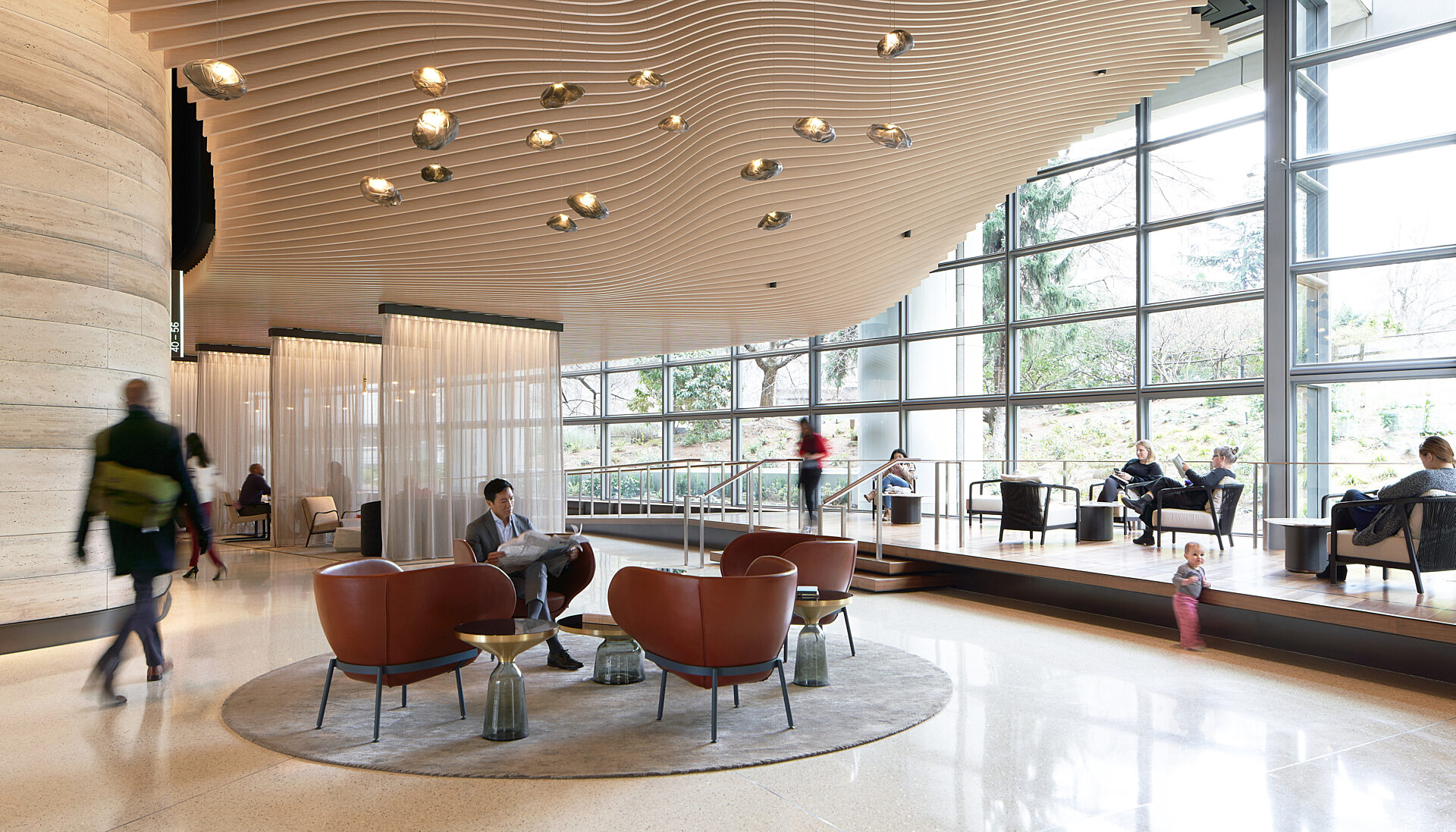On May 19 I attended the 2022 DBIA Northwest Regional Conference—in person!
This annual event provides a chance to learn the latest design-build trends and best practices from around the region. The discussions were full of insight, and many points reflected our experiences at GLY.
Design-Build’s Growing Popularity
Design-build has taken off, particularly in the public sector. The stats don’t lie. Here's DBIA's analysis of design-build utilization by Northwest public clients, measured by dollars:
- 2017: 39%
- 2021: 44%
- 2025: 47% [based upon planned work]
Much of this growth is due to the gradual decline of GC/CM and design-bid-build, the latter now at just 12%.
Within the design-build category, progressive design-build is rising steadily because of numerous success stories since its authorization as a Washington public-works contract method in 2013. Progressive design-build brings the design-build team on board at the earliest stages of project development—giving the owner more input in the design and control over scope and cost.
Why Is This the Trend?
Design-build—progressive design-build in particular—stands as the favored delivery method for good reason. The opening panel session discussed a few of the top benefits, presented below with my own slant.
- The top reason? Design-build team members establish themselves as a single, cohesive unit up front, with shared goals. This immediate team development results in faster front-end project schedules [and quicker overall completion] due to seamless integration of design and preconstruction, and aligning all efforts toward what is needed for permitting and procurement. The more complex the project, the greater the benefit.
- Design-build enables deliberate and intentional team organization, including a project-specific charter, a clear governance structure (i.e. who makes certain decisions), and specific processes for decision-making. Contracts can support common goals, often sharing fee risk and reward with core firms.
- The design-build approach supports design excellence by helping the design team understand cost risk and the construction team understand the design goals. This tends to result in the most beneficial solutions, including innovations to overcome any challenges. Broader access to trade partner expertise during design is a game changer.
Some Tricks of the Trade
Success isn't automatic. The panelists talked about best practices to drive a positive design-build experience.
- Trust among the team is essential—trust that each team member is acting in the project's best interest. A fast, integrated process requires each partner's honest and continuous feedback so the others can do their best work, hit the client's metrics, and avoid repeating steps.
- Panelists recommended establishing a design constants and variables list to facilitate quick finalization of the constants so the team can spend more time on the variables.
- For compressed schedules, teams can use the reliable promising concept [no overpromising!] and pull-scheduling to eliminate waste.
- Benchmarking costs by system vs. comparable projects helps identify where the design is falling out of the norm and might be made more efficient.
My Top Takeaways
The panelists’ insights throughout the day reinforced my belief that no matter the contract type, design-build fundamentals should be pursued on every project to assure top-of-class results—fundamentals that we have always valued at GLY.
- The owner, design team, and contractor must form together as a team. This will not happen on its own, so deliberate effort is needed.
- Trust is earned, not a given. Developing mutual respect should be supported by a process that takes advantage of differing perspectives. Contracts should encourage the right behaviors.
- Clear rules for owner/architect/contractor governance and decision-making lead to better outcomes.
Work styles and support tools may differ but the fundamentals help ensure project success!


